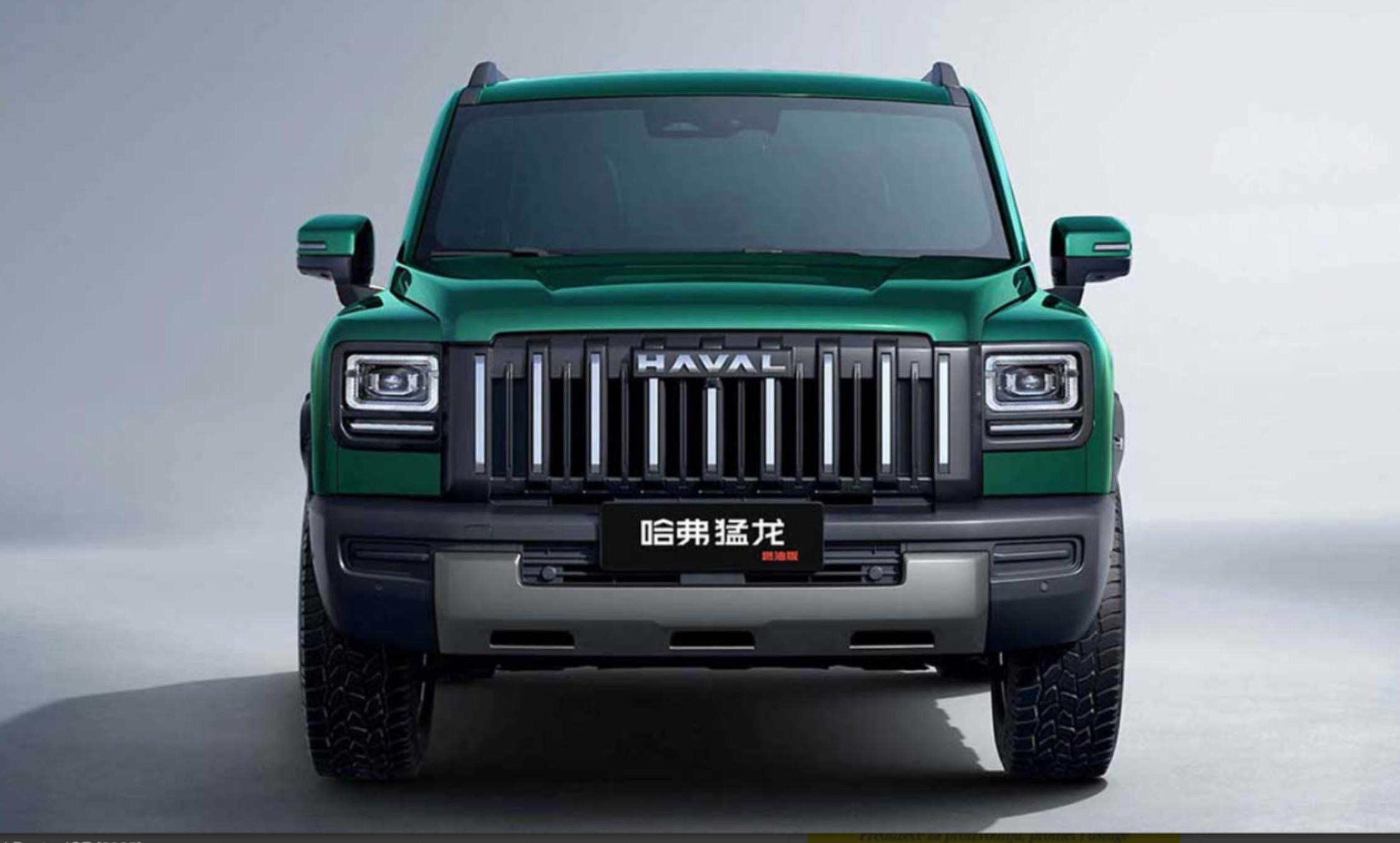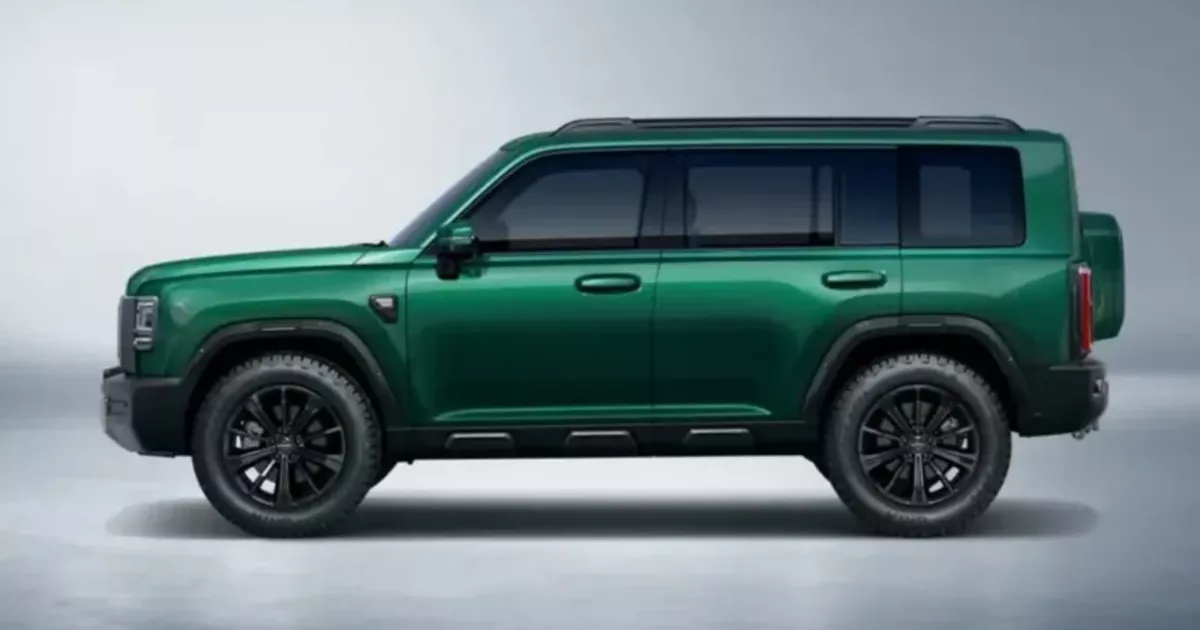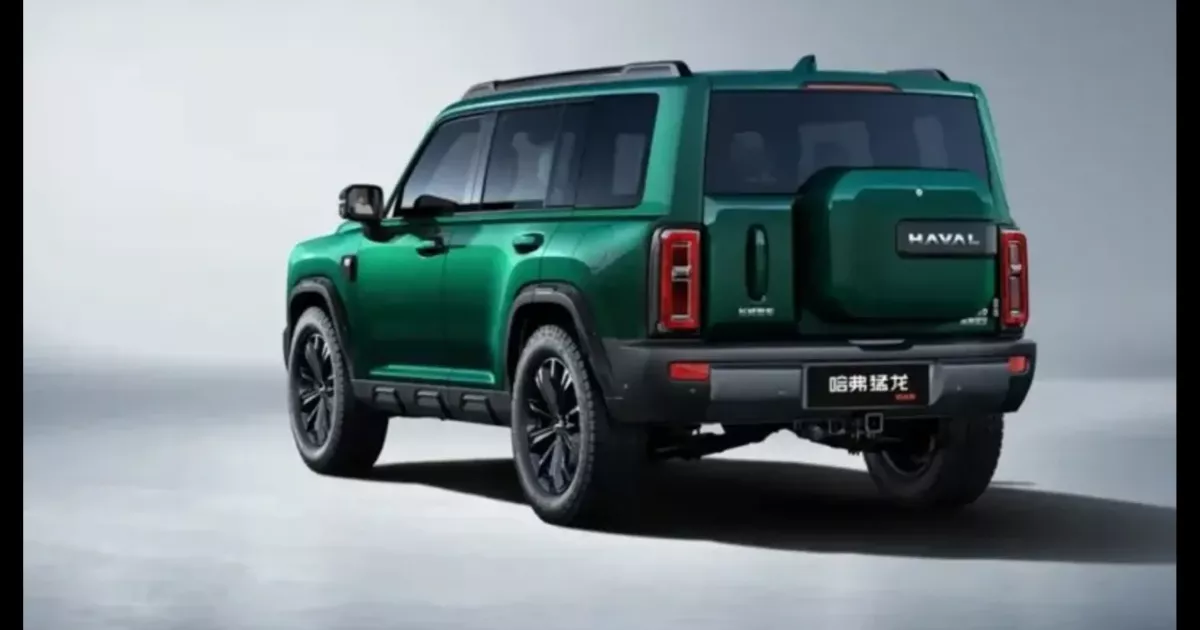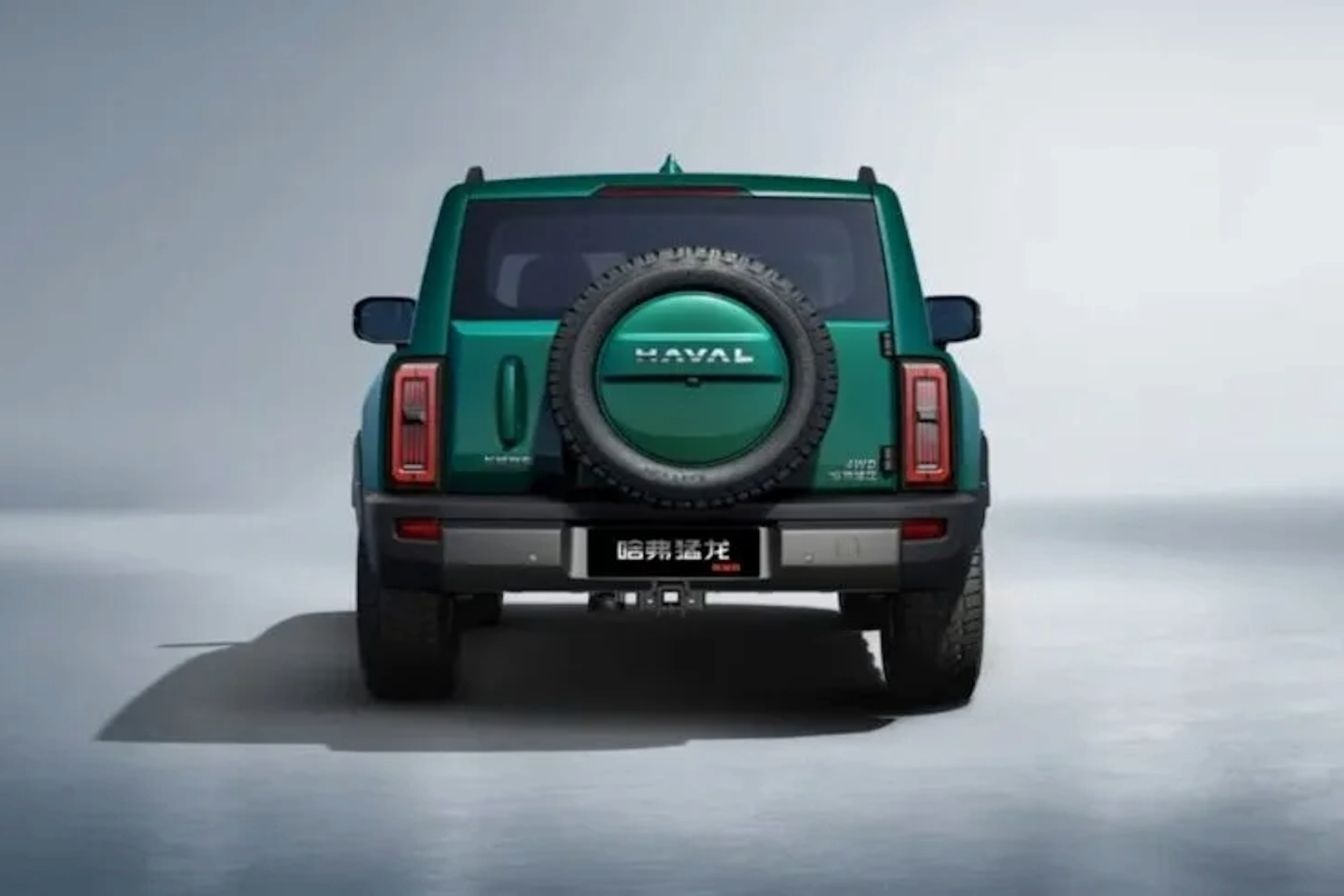The 2025 Haval Raptor could arrive in Australian showrooms in both petrol and hybrid forms following the launch of a non-hybrid version in China.
The boxy-looking GWM Haval Raptor is a five-seat mid-size SUV based on the same underpinnings as the Haval H6, with similar dimensions to the Toyota RAV4, Mazda CX-5 and Hyundai Tucson.
It has been available in Chinese showrooms with a plug-in hybrid powertrain since 2023, but GWM has now pulled the covers off a petrol-only version in China, expanding the range to boost sales.
Hundreds of new car deals are available through CarExpert right now. Get the experts on your side and score a great deal. Browse now.
This could strengthen the business case enough to see the Raptor in local showrooms in 2026 at the earliest, with the petrol version being a potential price leader, although its success could be limited as it would enter a crowded sales segment alongside its own H6 and upcoming H7, which is scheduled to arrive here in the third quarter of 2025.
“The Haval Raptor presents another exciting potential opportunity in the mid-size SUV space for GWM,” a spokesperson from the Australian arm of the automaker told CarExpert.
“We continue to evaluate new models and opportunities for the Australian market, but at this stage there’s nothing to confirm regarding future launch product plans.”
The two engine choices – already seen on other GWM vehicles sold here – are the same as those to be offered in the Haval H7, making the Raptor’s role seemingly more niche.
The petrol Raptor has also been given some exterior styling changes – such as a new grille, illuminated Haval lettering and square tail-lights – designed to differentiate it from the hybrid Raptor.
However, the Haval Raptor would need to adopt a different name if it was to be sold here – given the Ford Ranger Raptor already in local showrooms, with the name having also been used by Toyota-owned truck brand, Hino.
The Ford F-150 Raptor (not sold in Australia) being in Chinese showrooms hasn’t stopped GWM using the Raptor name there.
The new petrol version of the Raptor uses a 175kW 2.0-litre turbocharged four-cylinder petrol engine and a nine-speed dual-clutch automatic transmission, with the choice of rear- and all-wheel drive.
The existing hybrid Raptor is powered by a 1.5-litre turbocharged four-cylinder engine plus an electric motor on each axle for a combined 220kW of power, matched with all-wheel drive.
There’s also a squared-off spare wheel cover among the rugged appointments, including roof racks, side steps, and wheels of up to 19-inch.
No images of the interior were released, nor any details on changes – if any – to the cabin for the petrol Raptor.
Despite having rugged looks, the Raptor is based on a conventional car-like ‘monocoque’ platform like the Toyota RAV4, whereas off-roaders such as the GWM Tank lineup use a body-on-frame ‘ladder’ chassis.
The visual tweaks also help the petrol-powered Raptor stand apart from the Haval H9 large SUV, an alternative to the Toyota LandCrusier Prado that’s also under consideration for Australia.
The H9 – like the petrol-powered Raptor – hasn’t been confirmed for local showrooms by GWM Australia, with its focus being on its 2025 product onslaught.
Seven new GWM models – or updates to existing ones – will be rolled out across 2025, with the GWM Haval H6 GT PHEV, the diesel-powered Tank 300 and the updated GWM Cannon ute having landed in the early part of this year.
Still to come is the Cannon Alpha PHEV – due this month – with this year to see the arrival of the updated Haval H6 medium SUV (in the second quarter), the similarly sized Haval H7 and the large Tank 500 plug-in hybrid (third quarter).
Record GWM Haval sales in Australia for the first three months of 2025 were followed by a 16.3 per cent increase in April. The carmaker is now the best-selling Chinese brand year-to-date, sitting seventh overall behind Mitsubishi and ahead of MG.
In March 2025, GWM Australia hired former Holden handling hero Rob Trubiani – who worked on the final Australian-made Holden Commodore, among other models – to give its vehicles Australian-focused driving dynamics.






